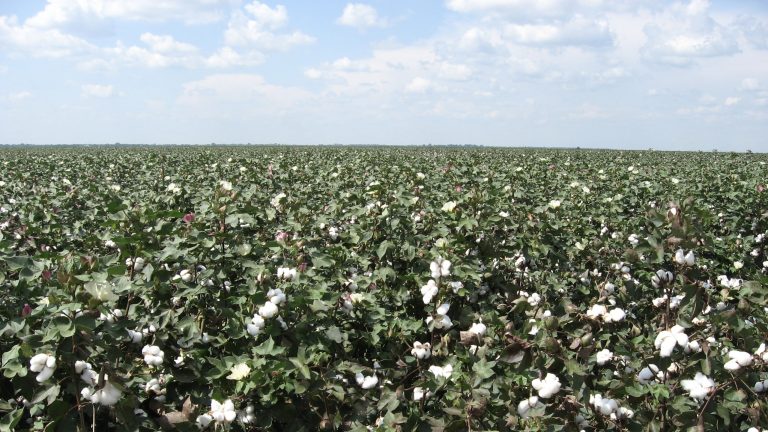In parts of the Midwest, fields of corn and soybeans stretch as far as the eye can see.
Over the decades, crop harvests increased as technology and agricultural practices improved yields.
But as the climate warms, productivity growth is likely to slow.
Toddy: “We know — and look at the results of climate models — that it’s going to be more difficult to grow corn and soybeans in the future.”
Dennis Todey is director of the USDA Midwest Climate Center. He said heavy rains and droughts were becoming more common and could damage crops.
Temperatures above about 90 degrees Fahrenheit inhibit corn growth, so as heat waves become more intense, yields may suffer.
Todey co-leads IMPACT2, a USDA-funded program run by Purdue University. It is helping farmers in Iowa, Illinois and Indiana understand how climate change may affect their businesses and develop preparedness plans.
For example, farmers can diversify the crops they grow. Toddy said researchers are testing how crops grown further south, such as peanuts and cotton, perform in the warmer Midwest.
Toddy: “We will never stop growing corn and soybeans. We will continue to grow them.
But in a warming world, Midwestern farmers may not be able to rely solely on these crops.
Report source: Sarah Kennedy/ChavoBart Digital Media
We help millions of people understand climate change and what to do about it. Help us reach more people like you.
